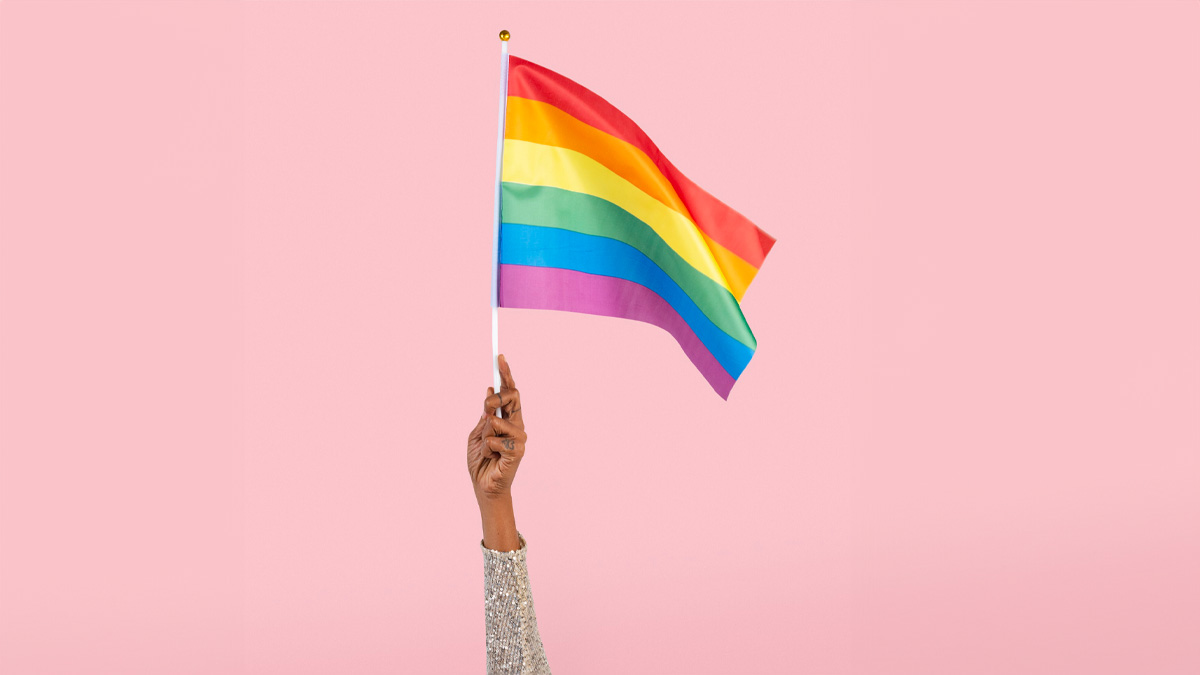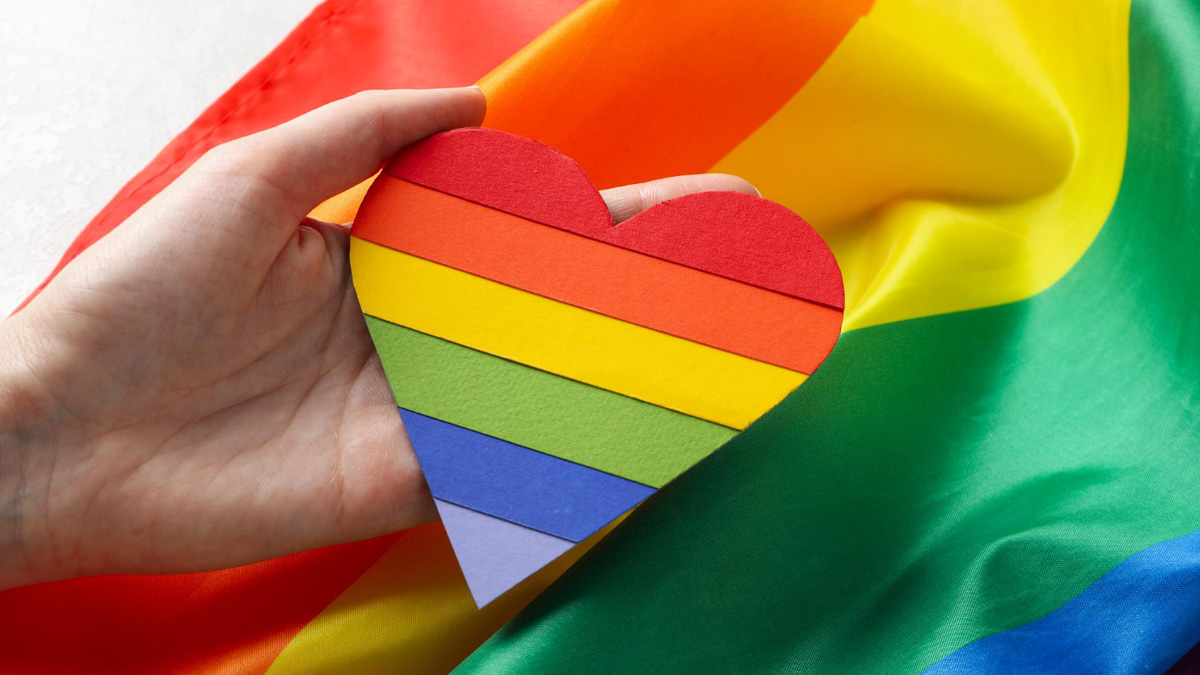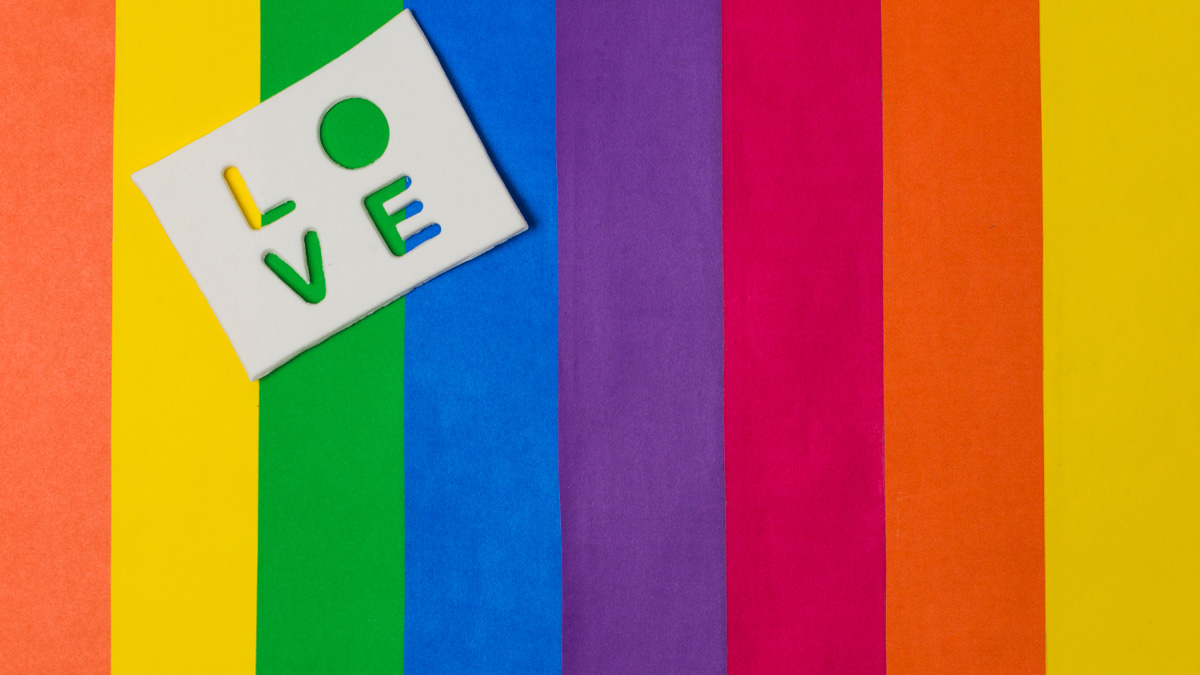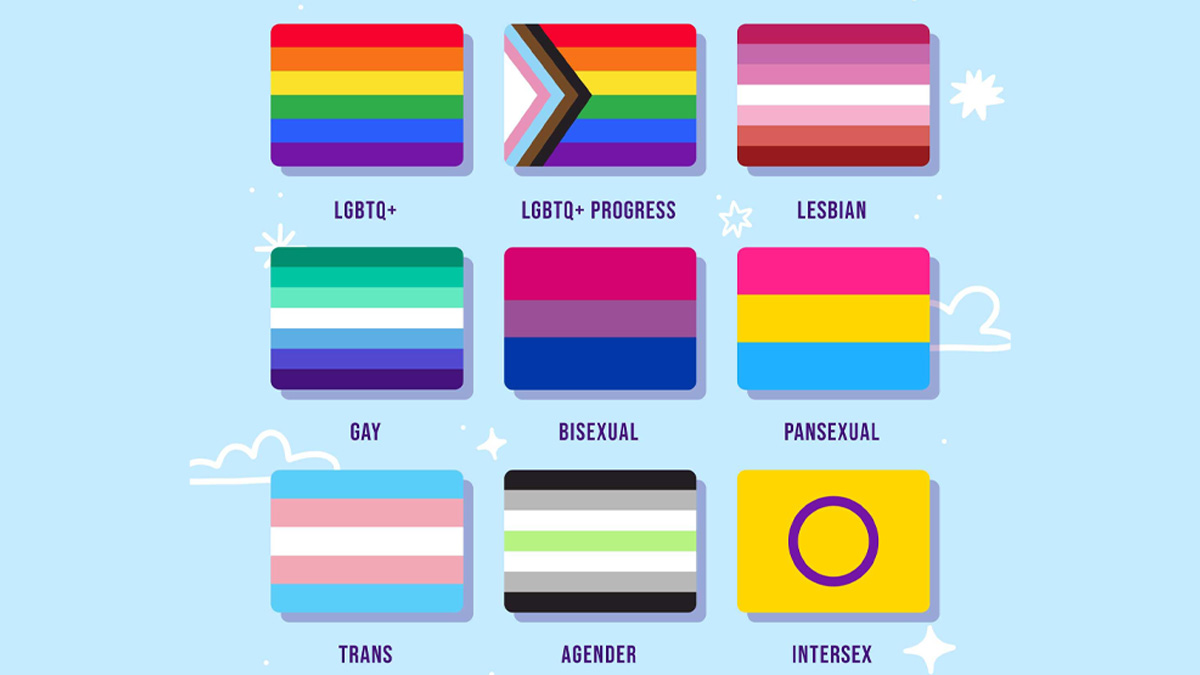
Pride Palette: The Meaning Behind Each Colour In The Pride Flag
The Pride Flag is a special symbol that represents LGBTQ+ pride and togetherness. It shows the world that the LGBTQ+ community is diverse and strong. The colours of the flag have important meanings that represent different aspects of being queer and its history. Let's explore the meaning behind each colour in the Pride Flag.

Red
Red signifies life. It symbolises the courage and resilience of LGBTQ+ individuals in the face of adversity. It serves as a reminder of the struggles they have faced and continue to overcome.
Orange
Orange represents healing. It represents the journey towards self-acceptance and the healing process that many LGBTQ+ individuals experience. It also serves as a reminder of the ongoing work needed to create a world that embraces diversity and equality.
Yellow
Yellow signifies sunlight. It represents happiness, joy, and positivity. It symbolises the optimism and hope of the LGBTQ+ community, emphasising the importance of celebrating one's true self and embracing the unique identities within the community.

Green
Green represents nature. It symbolises growth, renewal, and harmony. It serves as a reminder of the LGBTQ+ community's deep connection to the natural world and the importance of nurturing and preserving it.
Blue
Blue signifies serenity and harmony. It represents peace and tranquillity, serving as a reminder of the need for acceptance and understanding in society. It also symbolises the support and solidarity within the LGBTQ+ community.
Violet
Violet represents spirit. It embodies the unity and strength of the LGBTQ+ community. Violet is traditionally associated with spirituality and has historical ties to LGBTQ+ activism, making it a significant colour in the Pride Flag.
These colours were first used by Gilbert Baker in 1978 for the San Francisco Gay Freedom Day Parade. Over time, the Pride Flag has changed and added more colours to represent diverse identities and experiences within the LGBTQ+ community.
Brown And Black

These colours were added to represent LGBTQ+ people of colour. They show the unique challenges faced by queer individuals of different races and ethnicities. Including brown and black is a strong way to show solidarity and recognise the community's diverse experiences.
Don't miss: A Day In The Life Of Krishna Singh, A Trans Man Struggling To Get His Gender-Affirming Surgery Done
Pink And Light Blue
These colours were added to represent transgender and non-binary individuals. The pink stripe shows femininity, and the light blue stripe represents masculinity. These colours remind us that all gender identities should be accepted and included.
The Pride Flag tells the story of the LGBTQ+ community's history, struggles, and successes. Each colour has a special meaning, reminding us of the journey towards equality, acceptance, and celebrating differences. It is a symbol of pride, strength, and hope for a more inclusive future.
Don't miss: Rewriting The Narrative: How Queer Portrayals In Indian Pop Culture Are Changing Society
As we continue to fight for LGBTQ+ rights and visibility, the Pride Flag is a powerful symbol that brings the community together. It reminds us that everyone, regardless of their sexual orientation or gender identity, deserves respect, love, and equal rights.
Also watch this video
Herzindagi video